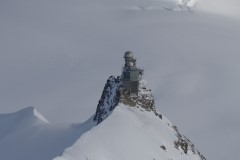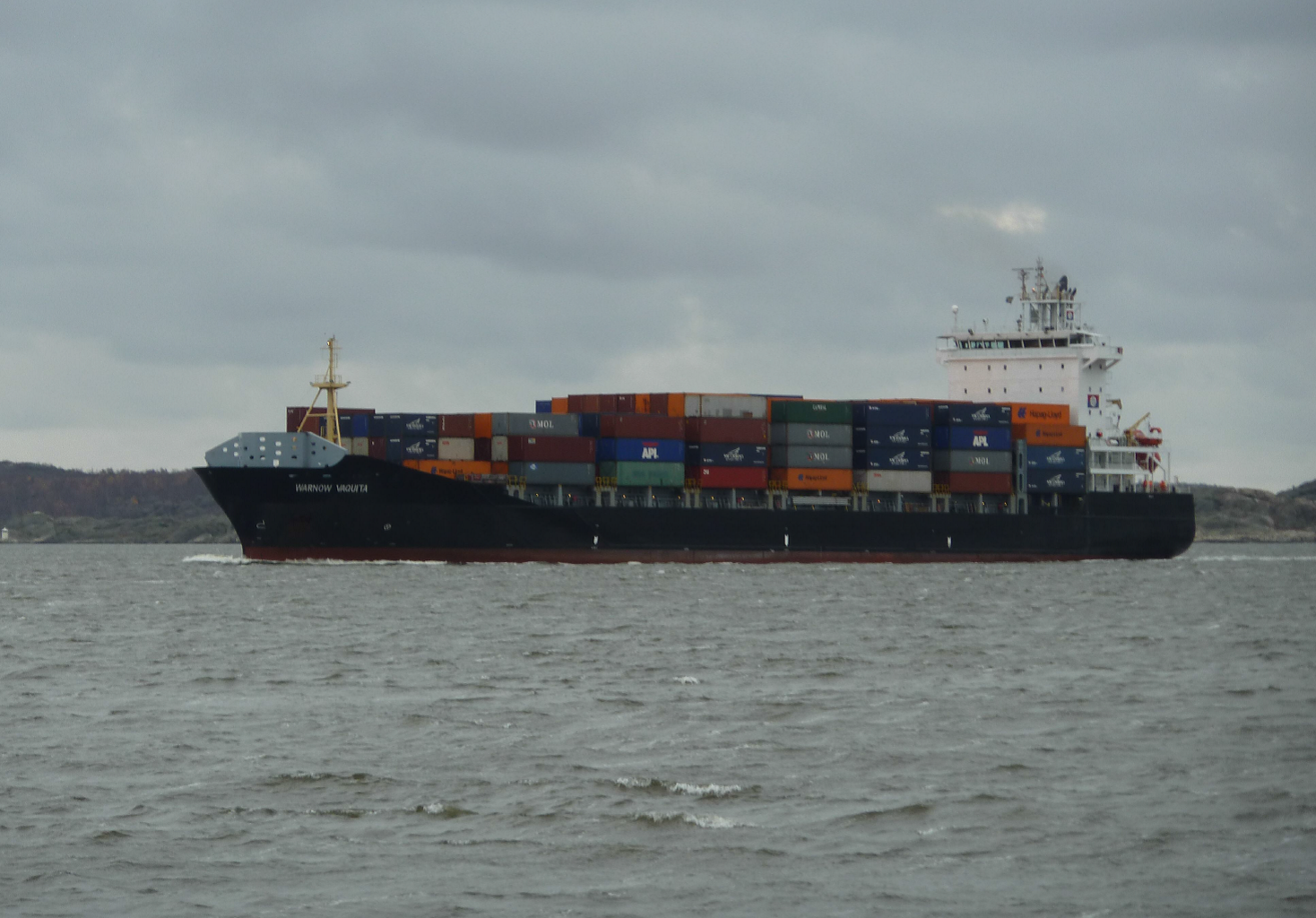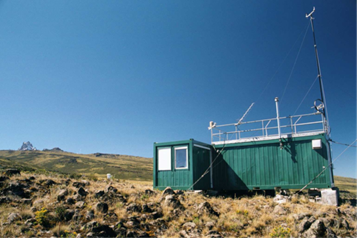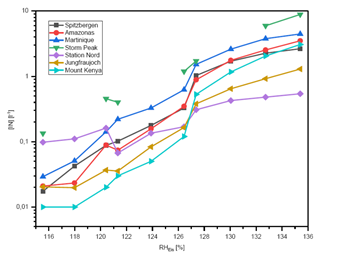INUIT
In the Ice Nuclei research UnIT „INUIT“ funded by Deutsche Forschungsgemeinschaft (DFG) we study the heterogeneous formation of ice in the atmosphere with our two independent INP counting systems FINCH and FRIDGE. Both instruments participated together with instruments from other labs in a series of joint field and laboratory measurements.
The field measurements at Storm Peak Laboratory, CO, at the Cyprus Atmospheric Observatory and at High Altitude Research Station Jungfraujoch (Figure A) were designed to characterize the ice nucleating properties of natural atmospheric aerosol. The INP that were active in the immersion mode parallel the deposition/condensation mode INP remarkably well (Figure E), suggesting identical particles to act in both modes. In a cooperation with University of Gothenburg, Sweden, the INP emission from ocean ships was investigated by measuring plumes over the shipping canal of a large Scandinavian port (Figure B). We observed that ship plumes amplify the background level of INPs and conclude that increased Arctic shipping requires careful monitoring of INP.
 |
 |
|
Figure A: The High Altitude Research Station Jungfraujoch is a platform for our INP measurements by FINCH and FRIDGE |
Figure B: Ocean ships amplify the background of INPs, particularly over Arctic waters. |
The abundance and composition of INPs (depososition/condensation modes by FRIDGE) in the Southern Hemisphere free troposphere were investigated at the Global Atmosphere Watch Station on Mount Kenya (3678 m. a.s.l.; 0°9’S, Figure C) in cooperation with University of Gothenburg. INP abundance was not much different from other locations (Figure D) and was not affected by savanna fires. When normalized relative to aerosol particles, INP were highest in SH free tropospheric air. Electron microscopy of single particles (in cooperation with Technical University of Darmstadt) show that INP range between 0.5 – 1.5 µm diameter in size and consist mainly of alumosilicates.
 |
 |
|
Figure C: INPs in Southern Hemisphere free troposphere were studied at 3678 m altitude on Mt. Kenya. |
Figure D: The automatic and remote controlled sampling technology of FRIDGE allows INP measurements around the globe. |
Using FINCH and FRIDGE we investigated the ice nucleating properties of various aerosols in joint laboratory measurements with other experimentalists at the AIDA, LACIS and ETH Zurich facilities. Among the material dispersed were soil and desert dust samples from all continents, typical minerals such as Illite and Feldspar, bacterial fragments, as well as cellulose as a surrogate of plant material.
Quality control and method intercomparison are crucial for all INP measurements, since the experimental conditions of nucleation and the nucleation modes addressed by the different methods sometimes overlap only poorly. Thus considerable effort goes continuously into the intercomparison of methods, such as the 5th International Workshop on Ice Nucleation held in 2015.
|
Figure E: Immersion and depostion mode INP at Jungfraujoch (JFJ) and Storm Peak Laboratory (SPL) are correlated. |
|




